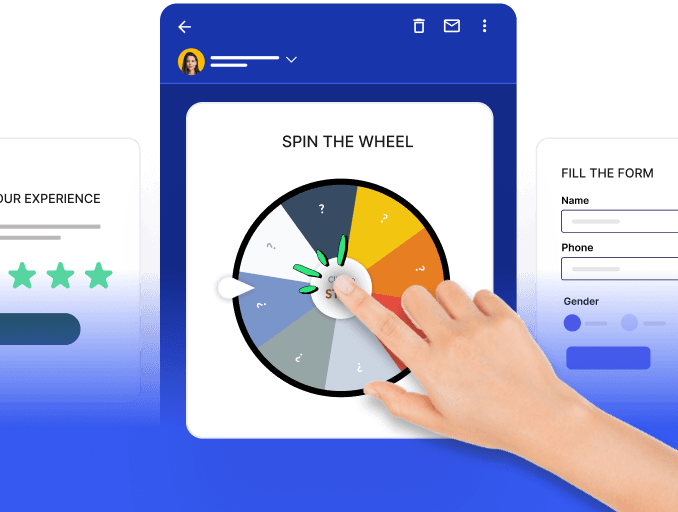Are you an Ecommerce business owner looking for ways to improve your sales and stay ahead of the competition? Well, we have some surprising statistics that might just help you do that! But first, let's take a look at how we collected these Ecommerce business statistics.
Table of Contents
How did we collect these statistics?
Our data is analyzed from various sources such as Hostinger, Blogging Wizard and Search Logistics. Rest assured that our findings are giving you insights that can truly make a difference in your Ecommerce business.
16 Ecommerce business statistics
Without further ado, let's dive into the surprising statistics that could help you elevate your sales game!
- Consumer electronics took the lead in the global business-to-consumer (B2C) Ecommerce industry in 2022. Generating over $988.4 billion, this market beat the fashion industry, which came first in 2021. [Source: Hostinger]
- The country’s top online retailer, Alibaba, generated over $700 billion in online sales in 2022. Other huge Chinese Ecommerce companies, like JD.com, TMall, and Taobao, also contribute to the country’s massive online sales. Many of these businesses also sell to resellers worldwide. [Source: Hostinger]
- Despite ranking second, the fashion industry still generates $904.5 billion in revenue, making it prospective in the coming years. If you’re interested in this Ecommerce business niche, check out our article on starting an online clothing store. [Source: Hostinger]
- 51% of consumers are more inclined to repeat purchases from Ecommerce businesses with live chat support. [Source: Hostinger]
- Most businesses saw business websites’ importance when the pandemic reduced physical shopping tremendously. Around 86% of small businesses that don’t already have a website plan to create one in the near future. [Source: Hostinger]
- In the last year, businesses have lost $756 billion because of poor Ecommerce personalization. [Source: Wpforms]
- 93% of consumers expect an Ecommerce business to offer a better shopping experience when shopping online versus in store. [Source: Blogging Wizard]
- According to data collected by Statista on online shopper spending during Quarter 4 of 2022, the average online shopper spends just shy of $3 per visit to e-commerce businesses. The food and beverage category has the highest spend per visit with online shoppers spending over $4 per visit on average. [Source: Blogging Wizard]
- The global Ecommerce market is expected to total $6.3 trillion in 2023 and account for 21.2% of total retail sales. [Source: Shopify]
- Purely brick-and-mortar businesses were forced to move their businesses online. 20%-30% of grocery stores created an online store to accept online purchases at the pandemic's peak. [Source: Search Logistics]
- So it makes sense that people are using their smartphones for online shopping. More than 90% of people regularly use a smartphone for shopping online. And businesses are encouraging online shopping with the development of interactive mobile apps. [Source: Search Logistics]
- Influencer marketing has become a standard marketing strategy for Ecommerce businesses and companies worldwide. 13% of consumers are willing to spend more money on a product that is promoted by an influencer or celebrity. [Source: Search Logistics]
- The US, one of the biggest Ecommerce markets, reached around 268 million digital buyers in 2022. This number is expected to reach nearly 285 million by 2025. [Source: Hostinger]
- 59% of online shoppers use Google to find reviews. Since online consumers usually turn to Google My Business for local business reviews, consider listing your business on the platform if you haven’t. [Source: Hostinger]
- Social commerce was estimated to generate around $30.73 billion in 2023 – 20% of worldwide Ecommerce sales. Most of the potential customers from these platforms skew younger. Businesses that target a younger demographic must maintain their social media presence. [Source: Hostinger]
- While Black Friday was a big day for e-commerce businesses in 2022, Cyber Monday proved to be even more profitable. Customers spent $11.3 billion on Cyber Monday, compared to the $9.12 billion they spent on Black Friday. [Source: Forbes]
Conclusion
The numbers show the increasing importance of digital platforms for businesses to connect with consumers and drive sales. From the rise of mobile shopping to the impact of customer reviews, these statistics highlight key trends and opportunities for Ecommerce entrepreneurs. As technology continues to evolve, staying informed and adapting strategies will be crucial for success in this competitive market. Whether you are an established retailer or just starting out, these statistics serve as a reminder.







